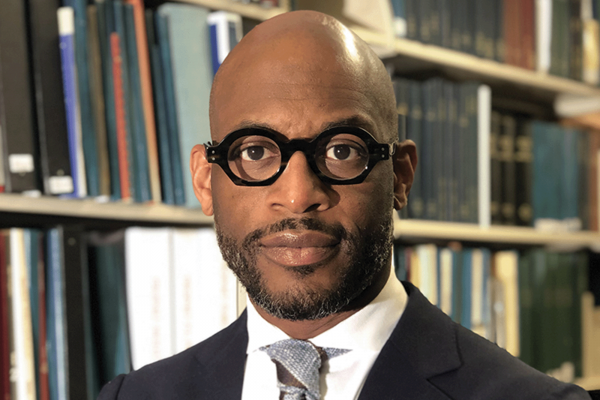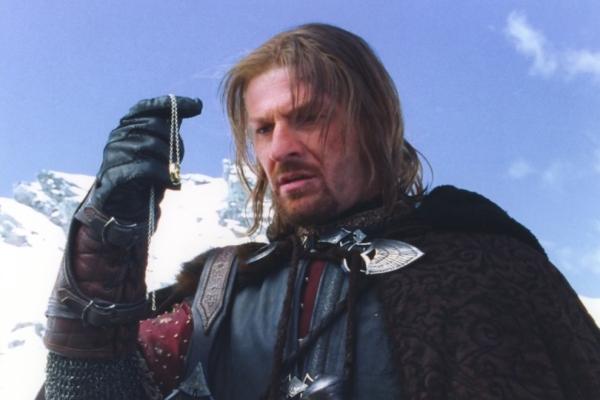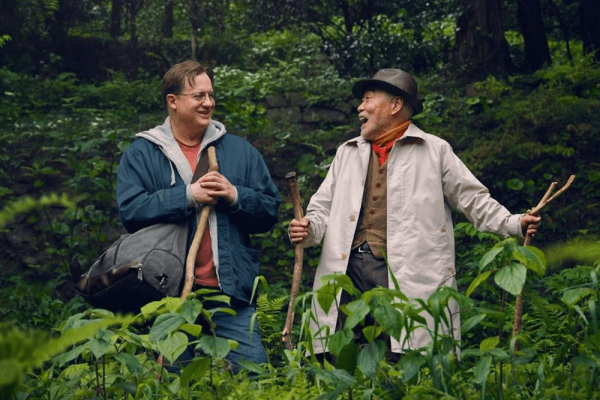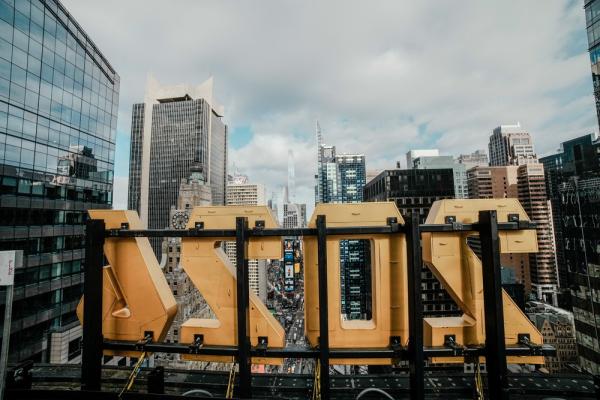ON APRIL 13, 2023, Ralph Yarl, a Black 16-year-old in Kansas City, Mo., went to pick up his younger siblings from a friend’s house. Mixing up the address, Yarl accidentally knocked on the door of an 84-year-old white man, Andrew D. Lester, who reacted by shooting Yarl in the head and then in the arm. Police took Lester into custody, only to release him without charges in less than two hours. As a result, protesters marched in Lester’s neighborhood, calling for his arrest. After days of protest, Lester was apprehended. In court, he pleaded not guilty, saying that he shot Yarl twice because he was “scared to death.” Yarl was in the hospital for three days before returning home to recover. In response to the shooting, Kansas City Mayor Quinton Lucas, who is Black, lamented, “You’ve heard about driving while Black ... Can you not knock on the door while Black? It’s almost like you can’t exist.”
In The Anarchy of Black Religion: A Mystic Song, J. Kameron Carter, a scholar of religion, English, gender, and African American studies, frames the current reality of modern Black suffering as “antiblackness,” or in his own words, “the settler colonial antiblackness of the religion of whiteness.” For Carter, antiblackness is the performance of a racial liturgy. This may sound strange to some readers — how can racism be religious, or liturgical? But what Carter is getting at is that there is a pattern — a ritual — to white violence against Black people. Lester’s shooting of Yarl was just one incident of this racial liturgy playing out. The murder of Jordan Neely by Daniel Penny in a New York subway car is another. They are all sacrifices on the altar of whiteness.
The religion of whiteness
RACE CANNOT BE abstracted from white religious performance (and when I say “religion,” I am specifically referring to the social practices, spiritual attunement, and beliefs of an organized group). White religion, for Carter, is a “modern invention,” created to uphold a global hierarchy geared toward white supremacy. It operated in the emergence of Christian missions as a way to designate Indigenous practices like Obeah, Haitian Vodou, and Hoodoo as “bad religion” — disfigured, corrupted, and even demonic. In Heathen: Religion and Race in American History, historian Kathryn Gin Lum argues that the category of religion served to create a binary between “Christian” and “heathen” in the missionary enterprise, a racially segregationist perspective.
For Carter, this is the logic of antiblackness: According to the missionaries, because the African Indigenes were so “mired” in materiality and earthiness, venerating their bodily entanglement with the land as something good, they had no conception of land as a bordered, private possession, and thus no ability to own land. Hence, the missionaries saw land acquisition as a God-given mandate to civilize the “heathen” Africans away from their “bad religion.”
Many Indigenes saw Earth as a place to commune with land, animals, and with each other; European settlers, on the other hand, looked at these same landscapes and saw sources of extraction — resources and minerals that could provide the building blocks for capitalism. In this way, Carter argues, they were alchemists who imposed the logic of privatization upon the soil, enclosing the Earth by cartographically drawing border markers, to claim it, to call it “property,” and transform it into wealth.
And of course, European settlers wanted to own and master more than just the land. Enslaved Africans became the crucial cogs driving the racial capitalist machine. But to make this possible, white slave owners had to perform a racial liturgy. Carter calls this “transatlantic transubstantiation,” or a kind of eucharistic-colonial liturgy through which Africans were substantially emptied of their identity and human dignity along the Middle Passage and replaced with racial Blackness. But where the Eucharist transforms wine into blood and bread into body in a sacred humanizing ritual, transatlantic transubstantiation flips the liturgy on its head: It’s a ritual of dehumanization that transformed African people into “Black” enslaved property.
Since the emancipation of slaves in 1863, the ghost of the slave ship continues to haunt Black American communities in its wake. According to a database maintained by The Washington Post, as of early August 2023, 1,975 Black people have been fatally shot by police since 2015.
All this brings me back to Ralph Yarl. Andrew Lester looked at Yarl and saw a racial stereotype: a young Black man posing a threat to his life and property. So, he aimed a gun at Yarl’s head, and pulled the trigger. In this way, the gun became a liturgical instrument to uphold the religion of whiteness — a religion that protects property and destroys the humanity of Black people. Antiblackness is fueled by a fear of difference. Lester’s whiteness was afraid of Yarl’s Blackness. Conversely, Black religion, Carter argues, thrives on difference. For Carter, this means that Black religion, with its devotion to difference and to the Earth, is deeply destabilizing to the religion of whiteness, which thrives on hegemony and the privatization of land. This Blackness embraces the ecology of difference, revealing the diverse and beautiful possibilities of life beyond whiteness. This is the anarchy of Black religion.
Black religion sings a new song
TO CARTER, BLACK FAITH is not bound by doctrinal or confessional stances. Rather, he describes Black religion as a “poetic practice” that disrupts our modern racial world. Consider, for instance, the improvisational forms of jazz music, a genre that challenges the norms and boundaries of what we know as “Western music.” In The Christian Imagination, theologian Willie James Jennings writes about how jazz was formed in an “immigrant improvisational space” through the “cross-pollination” between Black and Jewish artists. Jazz represents the generative power of embracing difference — it allows us to sing new songs together. Likewise, African American spirituals, which Black theologian James H. Cone understands as tied to the formation of modern jazz and the blues, were sung by Black people under the weight and terror of antiblackness. Cone says, “The fact that black people keep making music means that we as a people refuse to be destroyed.”
Black faith generates “a black sociality” of coming together and sharing life with one another across lines of difference. Carter points to Indigenous African spiritualities like Jamaican Myalism and Trinidadian Shango that convene “earthy” gatherings that are deeply attuned to and in concert with landscapes, plant lives, water bodies, animals, and the spirits of the Earth. Unlike whiteness, this unity is not assembled through sameness, but is instead a gathering predicated on being diverse creatures. Carter calls this a “nonexclusionary ‘we,’” an “alternative imagination” of the Earth and creatures that is not self-enclosed, propertied, or individuated. This is a collective wholeness and unified difference — “diffunity.”
In our racially segregated world, this diffunity is crucial to explore, especially as a Christian. As Carter describes it, Christianity helped create a religiopolitical regime of antiblack exclusion and racial capitalist extraction. But with Carter, I too am dreaming of an alternative social order — one that is not predicated on exclusion and instead chooses to embrace difference and learn from Indigenous ways of living in harmony with all creatures.
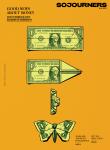
Got something to say about what you're reading? We value your feedback!
